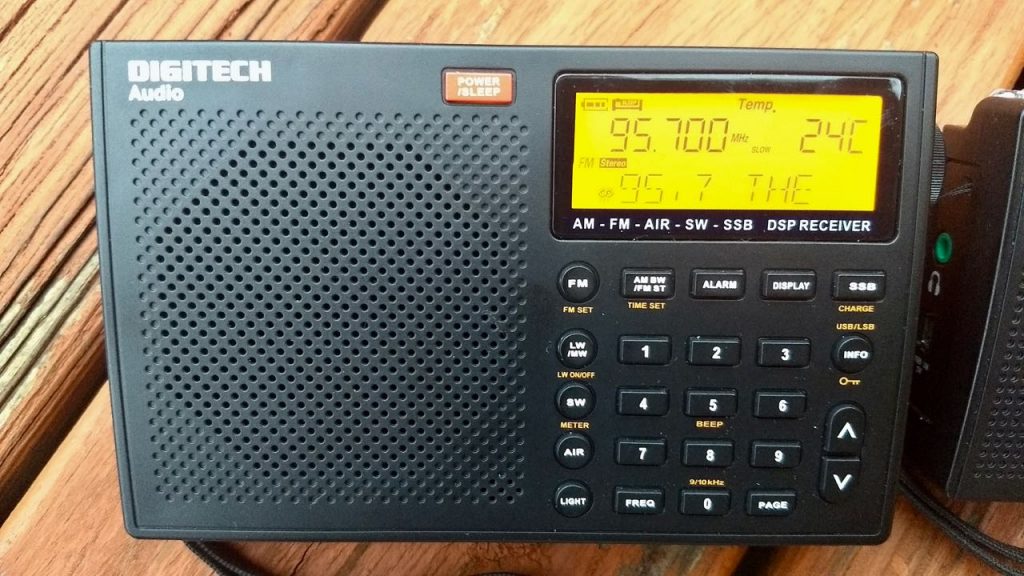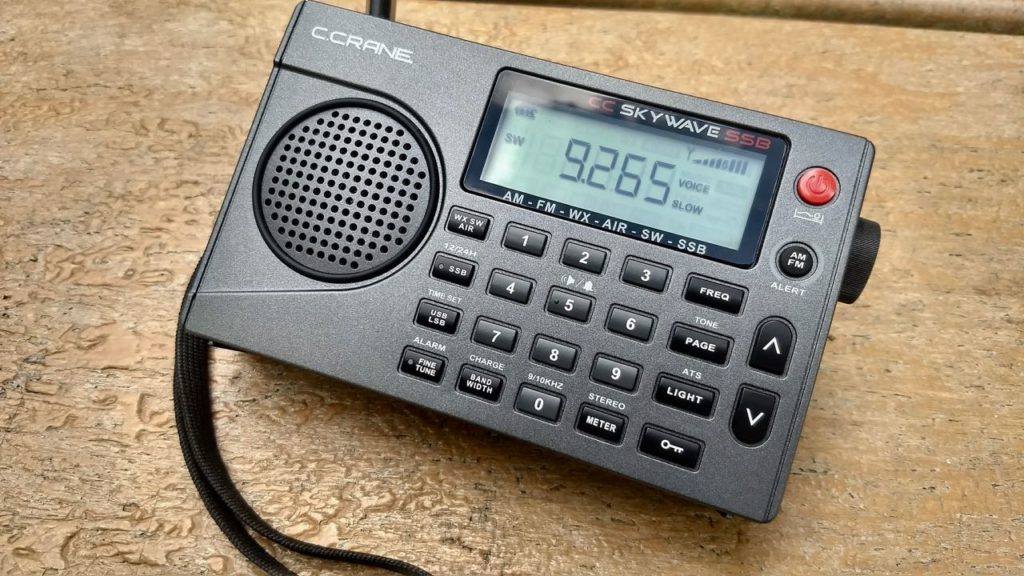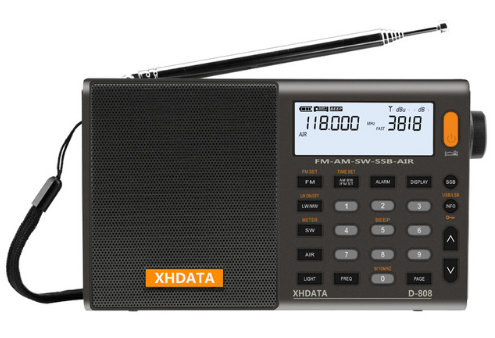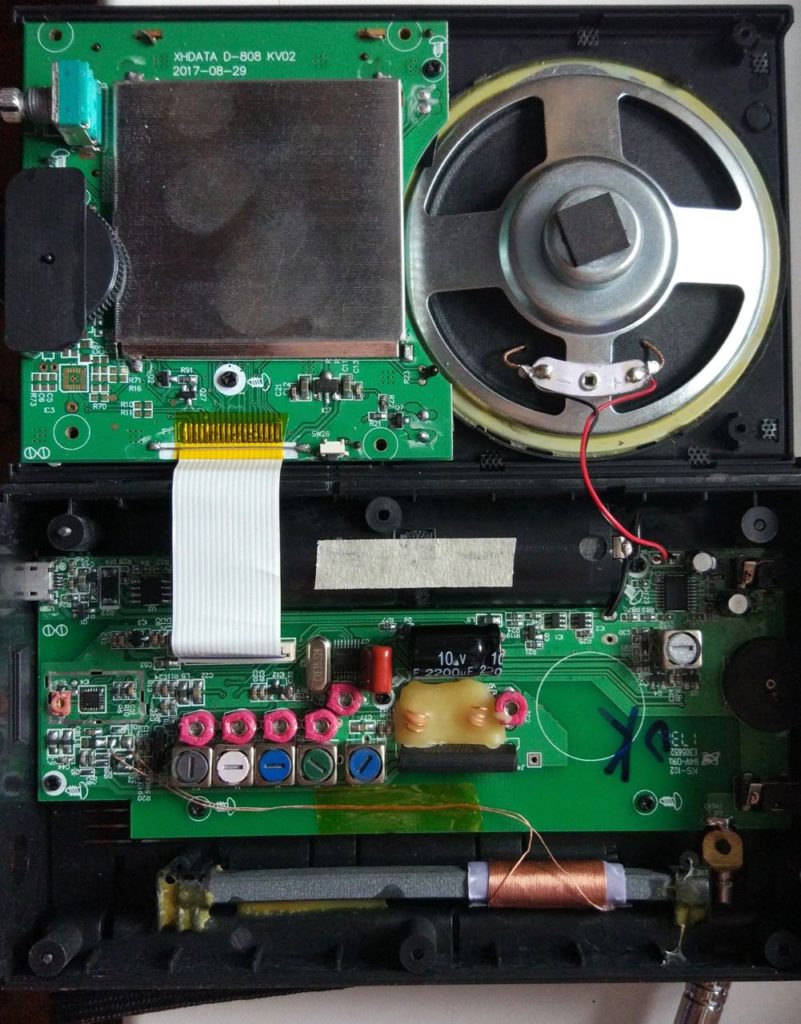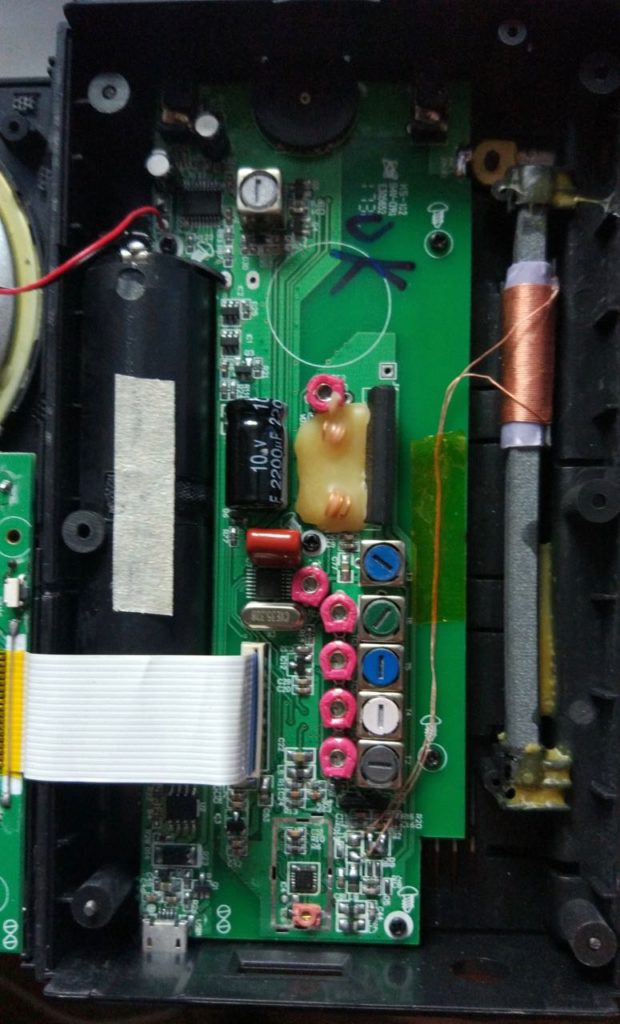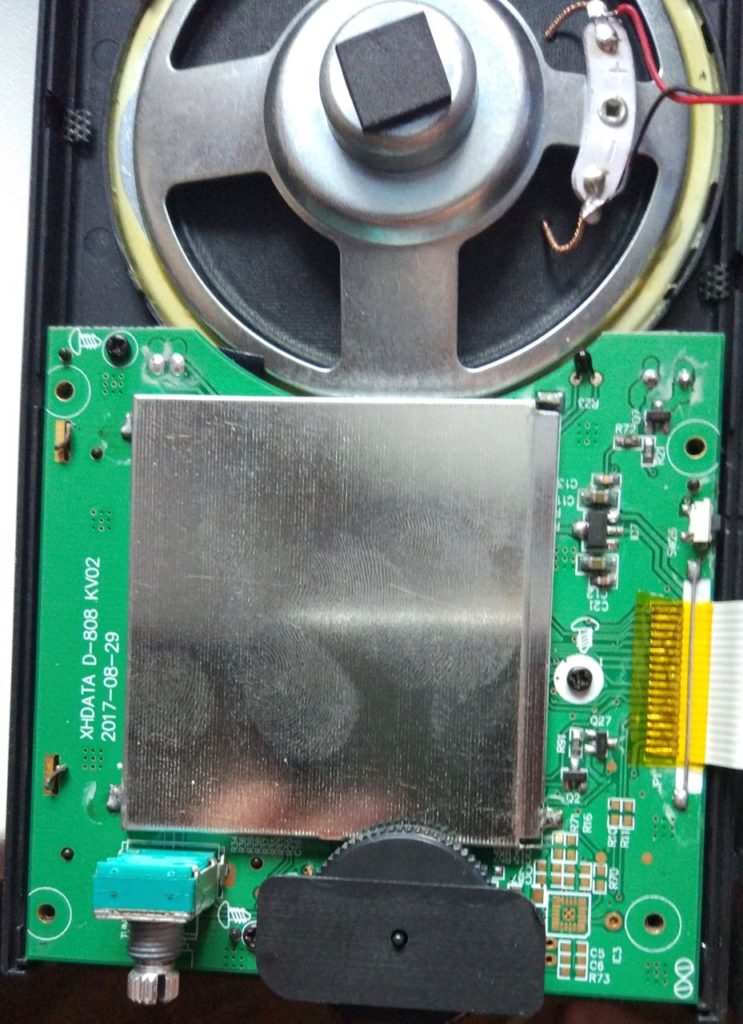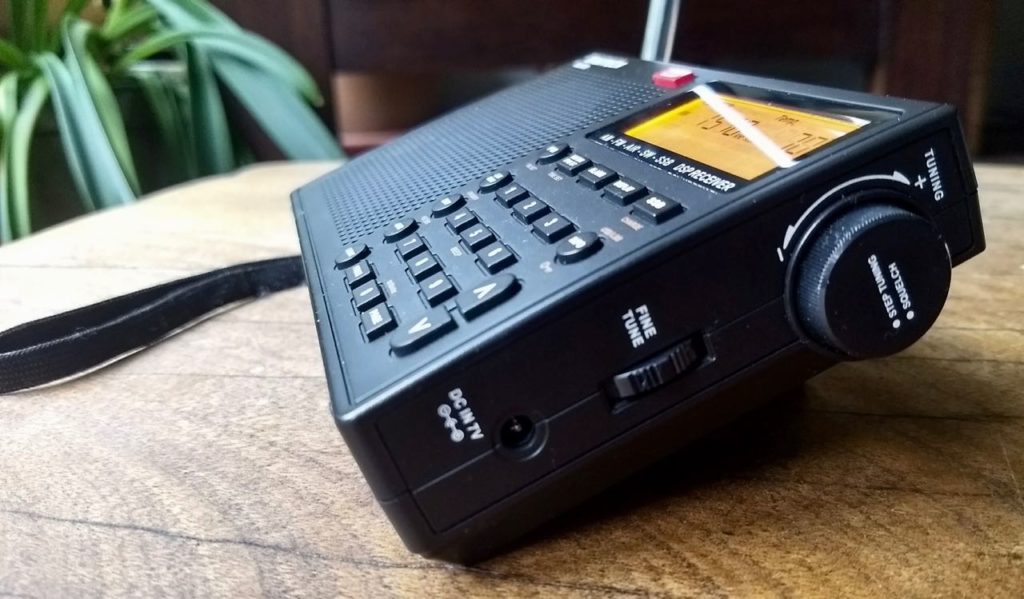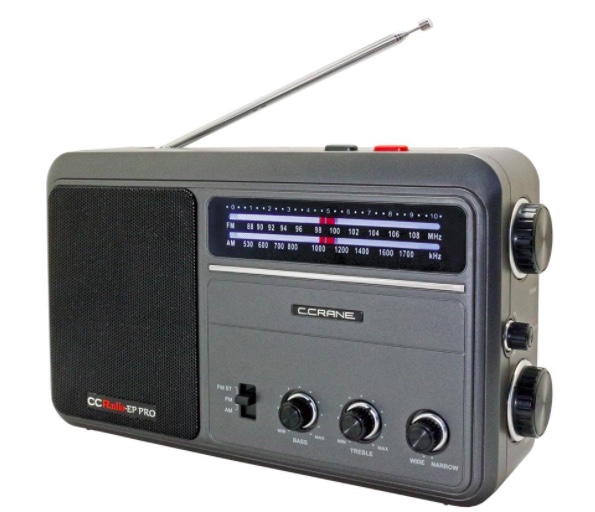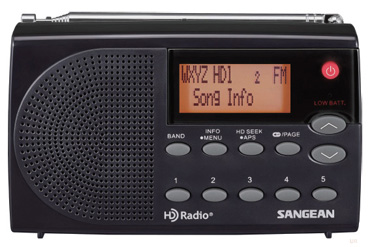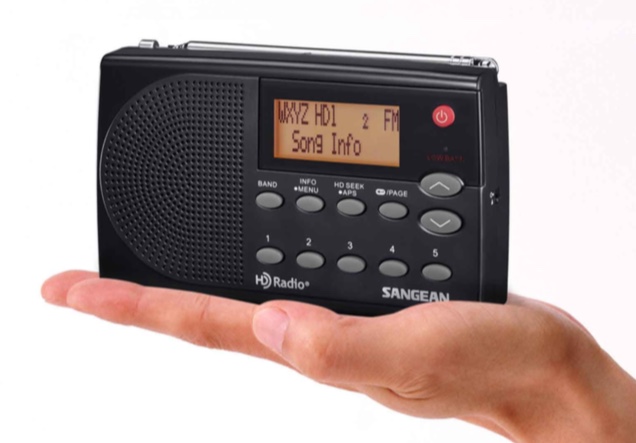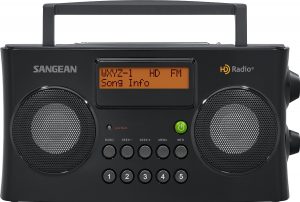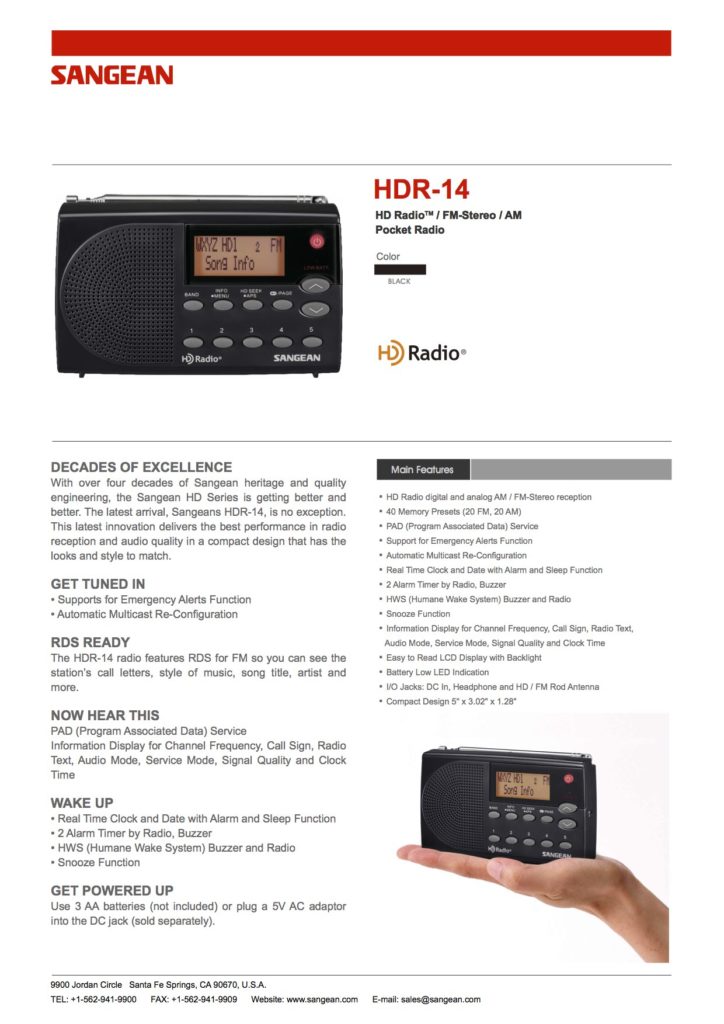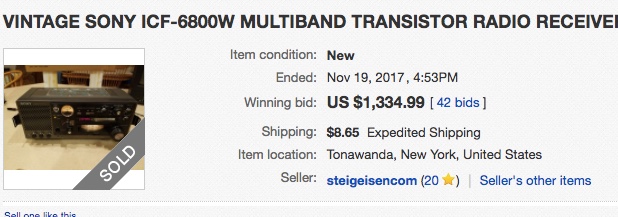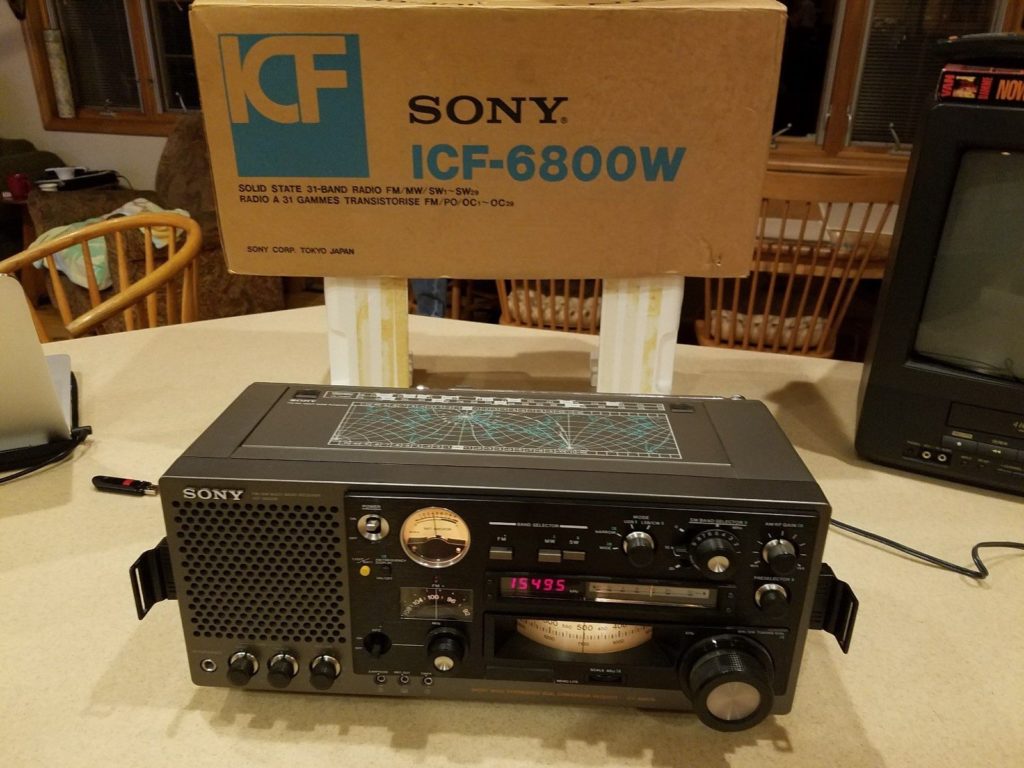I’ve been using [the Digitech AR-1780] in Australia (southern Tasmania) for about 5 weeks. In the last 10 or so days, I’ve got a 26m long wire hanging fairly reliably on a N-S bearing. My history is that I trained as a marine radio operator in the early 1980s, but worked in commercial IT; so no real radio theory and I only just started listening to SW again since being a volunteer in the South Pacific in the mid 1990s.
Now, to this radio. I quite like it although it has quirks I wish it didn’t have. In the 1990s, I used a Panasonic RF-B45 and it was rock solid until it died a few years ago. Every now and then, I try to fix it, but no luck…
Reception here is quite limited and that’s how I discovered the first quirk: when it scans at SW frequencies it skips. For example it seems to jump from about 9400kHz to 11000kHz. I also have an old Jaycar AR1747 and it also skips when scanning. They also skip from about 26100 and restart at 2300kHz. Whether it’s a design feature, or a fault, I don’t know. Other than that, I think it’s a great radio so far. The AR1780 lets you type in the frequencies it skips, it just won’t scan them.
Until I start to find some reliable interesting stations (I’ve picked up some Radio NZ Int and BBC World Service), I’m doing a fair bit of listening to WWVH in Hawaii. Sure listening to the time isn’t as fun, but it serves a purpose when comparing radios side by side. WWVH broadcasts on 2500, 5000, 10000, 15000, 20000 and 25000 kHZ I think. I can usually get 15000 subject to propagation at any time.
Until I gave it away, I also had a Jaycar AR1733 and it also skipped; they all probably share a common chip and skip the same frequencies although I haven’t checked closely. This radio looks identical to the Skywave many of you mention. The old AR1747 also had a Crane equivalent, and this was helpful as Crane’s manual was much better!
On the first tests with my long wire antenna, the AR1733 had a fairly clear signal, beat the old AR1747 and the AR1780 was the best. The AR1747 is hard on its D batteries, so may have been handicapped. As it got dark, I found the signal didn’t change much on 15000 kHz with any radio, but only the AR1780 would find 5000 kHz while scanning (since it skips over 10000 kHZ). The AR1747 does not have a keypad, so all tuning is by a dial or the scan function.
Oh yes, a hint I’ve learned for Golan. I gained the habit of punching then the desired frequency, then . The precludes the need to type in leading zeroes and trailing zeros. For example, I get WWVH by 5000 , while 15000 is 15000. This may go all the way back to the RF-B45, so I’ve had time to acquaint myself.
Next is batteries, the AR1733/Skywave needs 2xAA batteries, the AR1780 takes 4xAA as did the RF-B45. I haven’t yet run down any batteries in the AR1780 yet, but all my radios with 4 batteries have always worked better than those with only two. So the extra size is worth it, and the AR-1780 is a fair bit smaller than the old RF-B45. The AR1747 was an exception, it took 4xAA and 4xD and AA’s were almost a waste of time in it. But hey, it’s a telephone book size radio with a big speaker; so I keep it plugged in as much as I can.
Anyway, it’s almost 4PM here, we’re on DST so it’s GMT+11 hours. The bands start opening up soon so I want to get back to the radio. I’ve still got a lot of work to find the who, what and where of SW broadcasters. At least logging them is easy these days, when you tune into something, just point the mobile and it and make a movie!
Thanks for your feedback, David! I also think the AR-1780 is a gem of a little radio.

